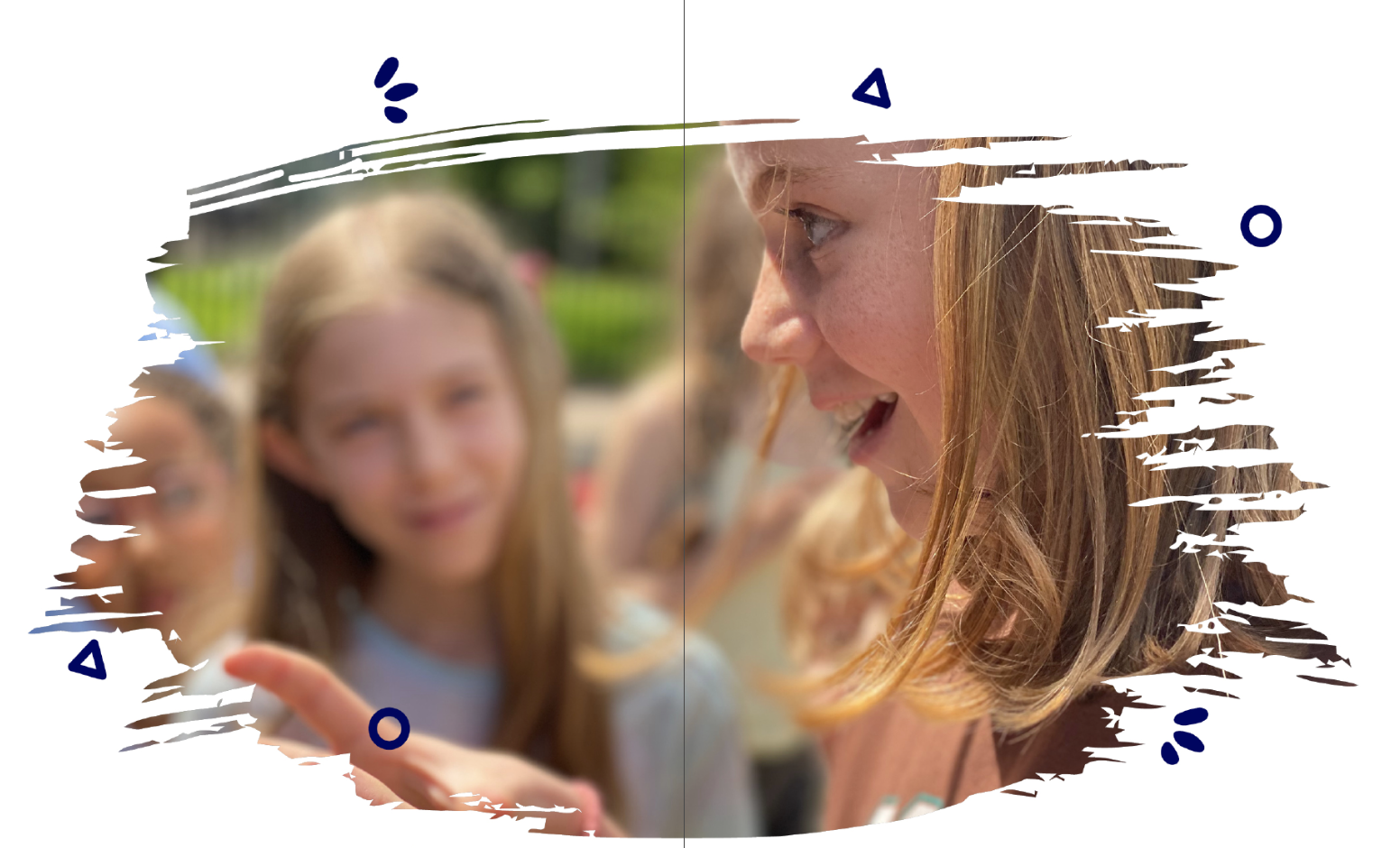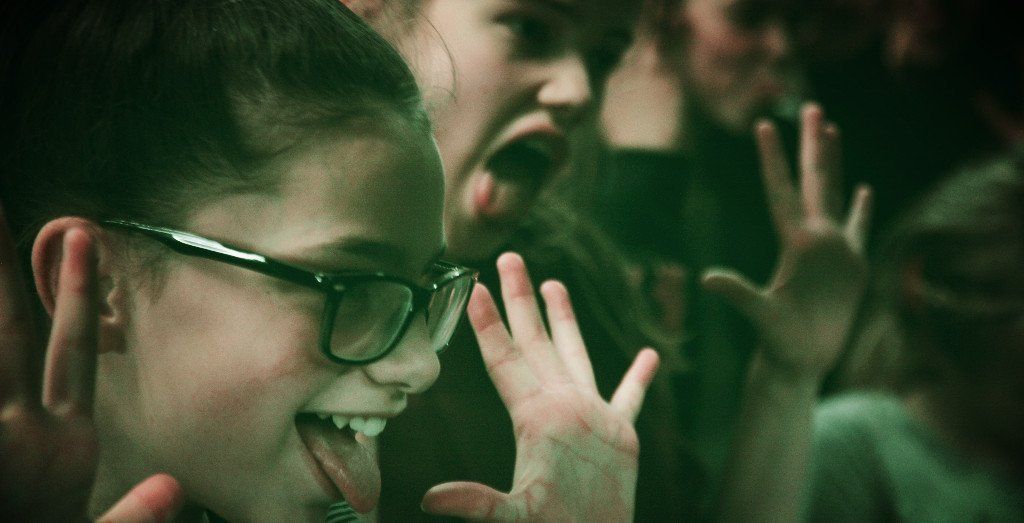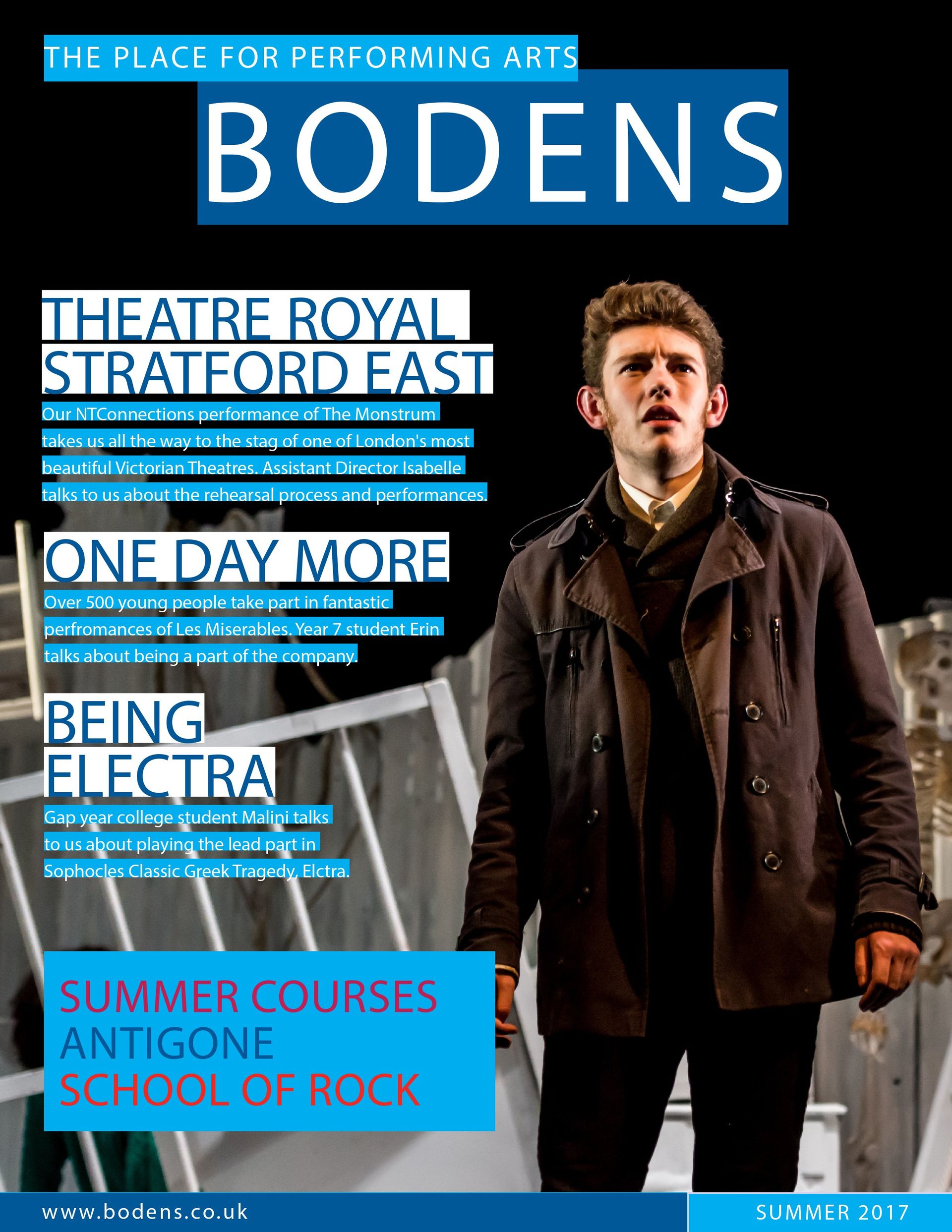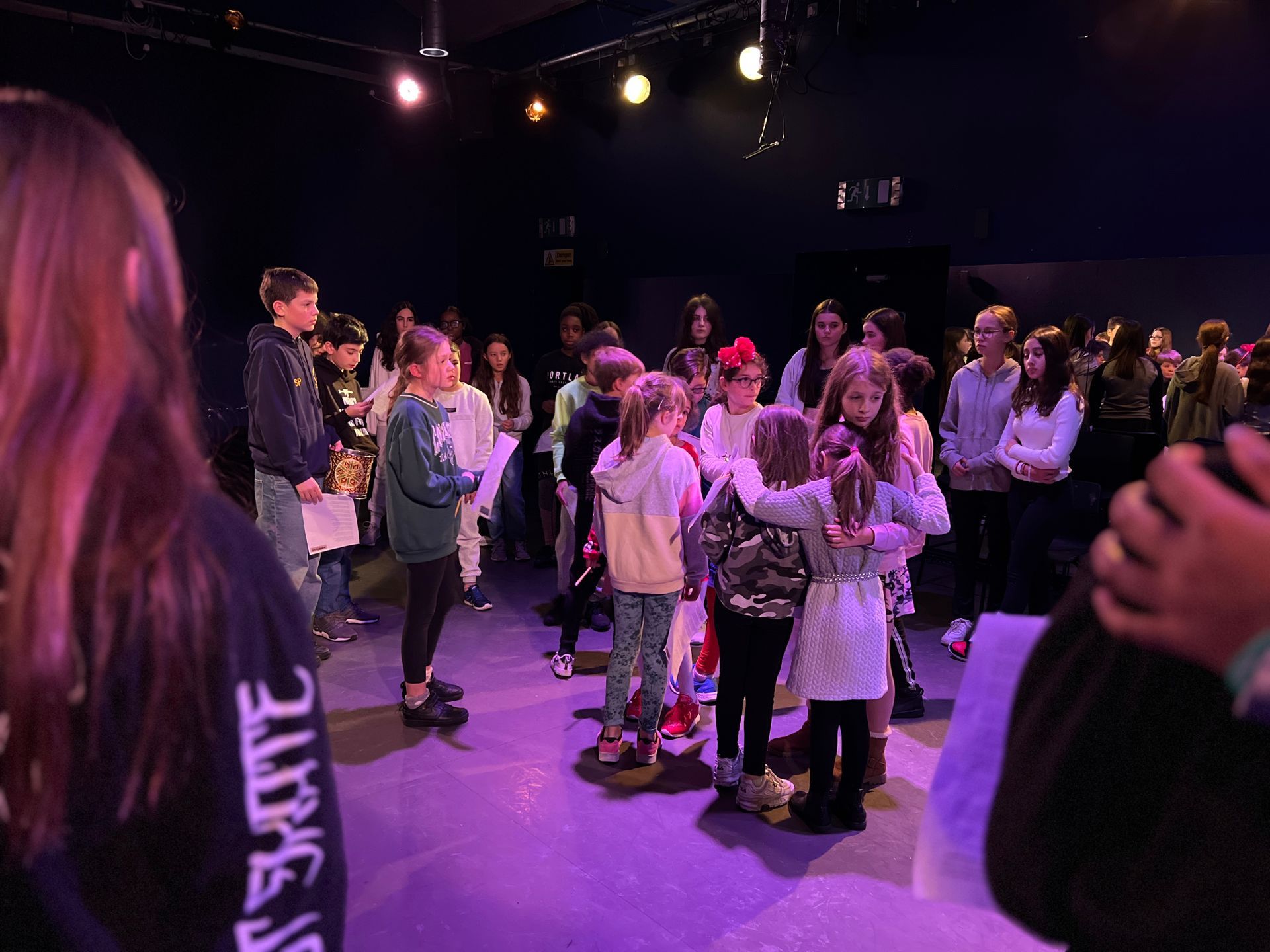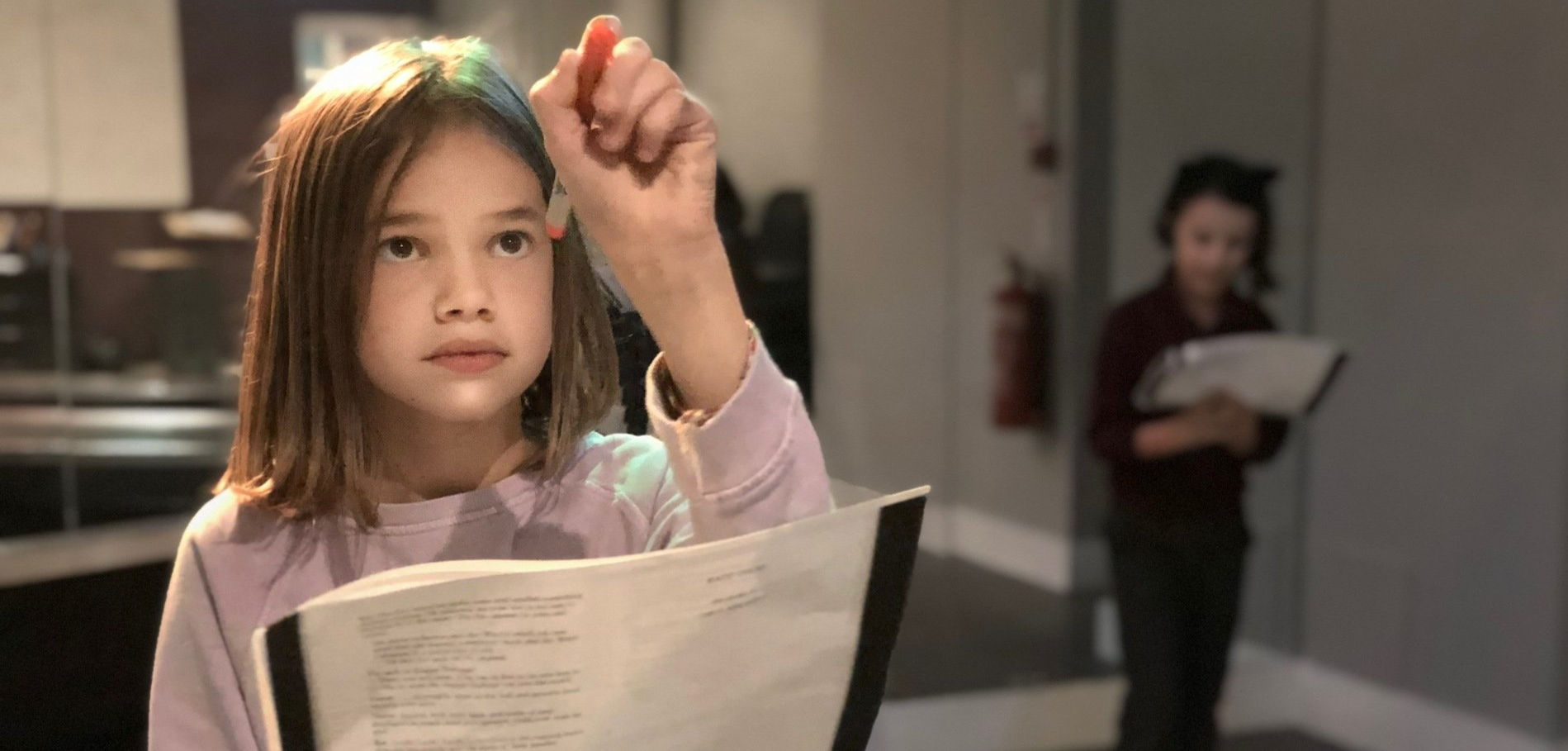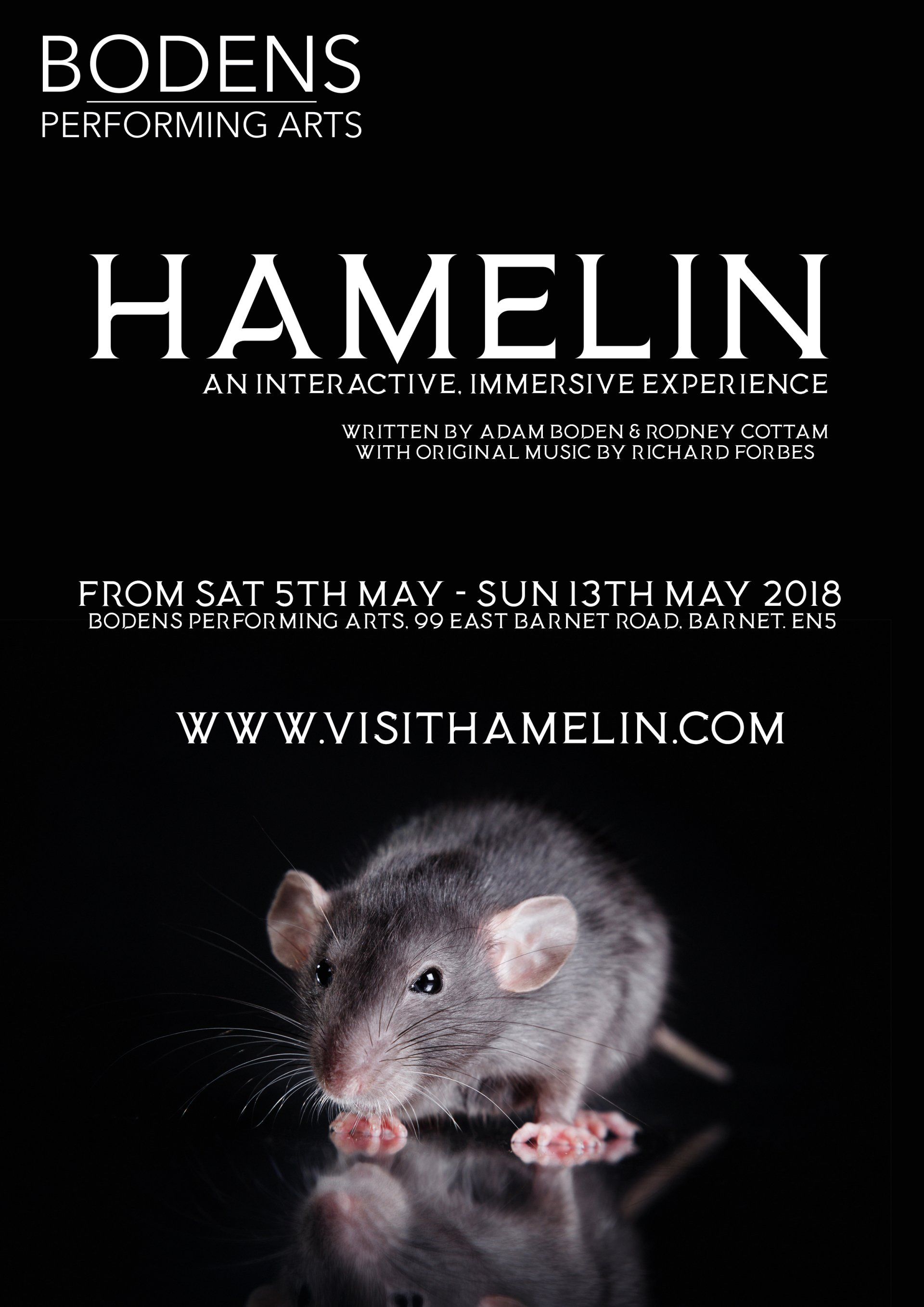Individual Progression
In a class of students of mixed age and ability, how does a teacher ensure children and young people are individually challenged? What does it take to ensure every student progresses at their own pace and achieves their potential? Knowledge, experience and support.
Bloom’s Taxonomy
Bloom’s Taxonomy, created by Benjamin Bloom in 1956, is a hierarchical ordering of cognitive skills that can, among countless other uses, help teachers teach and students learn.
Every student is in a different place on the ladder of learning. Once we know about something, we can start to understand it, then apply it, evaluate it, and use it in our lives. If a student is trying to apply something before it’s understood or evaluate it before they can apply it correctly, the learning will be unsuccessful.
One of the most critical parts of teaching is knowing where a student is on the learning ladder and helping them get to the next step. It shouldn’t matter where all the different students are in relation to each other; if a teacher uses Bloom’s taxonomy framework as a guiding principle, they can work on the individual child’s progression in a class of many.

Learning Objectives
Classes should be structured towards clear and concise learning objectives. If a student is aware of precisely what they are learning, they know what is expected of them and what to be able to do at the end of a class that they couldn’t do at the beginning. It also means the teachers have to plan and structure these smaller targets to move the student towards achieving the more significant long term objectives in their performing arts training.
Differentiated Questioning
Once we have established a learning objective and are aware of where a student is on the learning ladder, we can target them with questions specific to their progression. For example, a student who knows about an acting technique could be asked to explain it, so they focus on understanding the objective. A student who has already applied this technique could be asked to discuss its effect on an audience; they start to learn how to evaluate it.
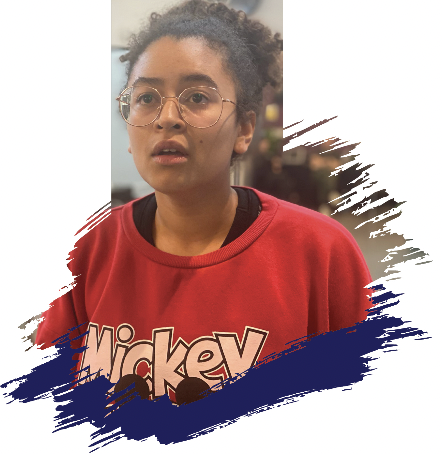
Termly Feedback
The children and young people attending our classes receive termly feedback from their teachers. Feedback is directly related to the learning objectives within lessons, where tutors have had regular opportunities to assess the student’s engagement, understanding and ability. Feedback will draw attention to what the student has been doing well and what they can work on together to ensure constant progression over the coming terms. Feedback offers an opportunity to see the areas where a student is improving, where they have been performing to a good standard, and where they are demonstrating excellence. Future lessons will often contain specific objectives and criteria to help a student reach the next level of learning.
Teacher Training
Throughout the term, the teaching team at Bodens are observed by senior staff members and given feedback to ensure student progression and achievement is at the heart of our performing arts training. We also hold regular training sessions where the teamwork together, discussing students and sharing techniques and experiences.Although our teachers are already highly qualified, and many also undertake professional performing work, they are encouraged to take training courses to maintain, develop and improve their skills and knowledge in the performing arts.
